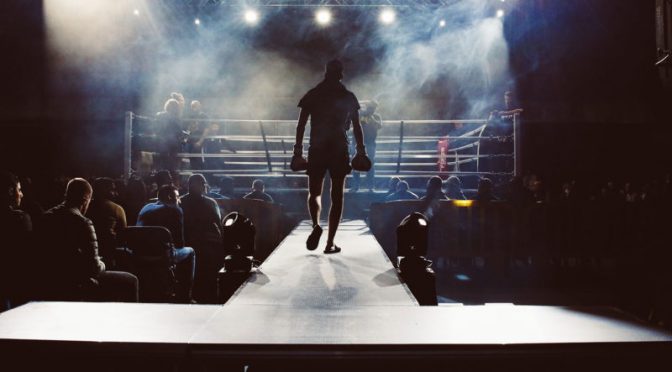Which popular camera device will triumph as the photographer’s greatest tool?
I’m constantly hearing people predict that smartphone camera technology will soon hit a point where it’s so advanced we won’t actually need to carry a DSLR camera… Naturally I’m sceptical. Without the concrete facts or a mountain of funding to carry out rigorous techy tests on hundreds of devices – I’m going to have some fun with this claim.
Let’s tackle this ongoing battle among hobbyist and professional photographers: can a smartphone camera produce photos to rival the professional images of a DSLR camera? I’m throwing these opposing forces against one another to see if there’s a clear knockout winner in the photography arena! No brand name drops, sponsored mentions or endorsements – this comes purely from my own observations.
CONTENDERS: Smartphone Camera vs DSLR
Most of us either own a smartphone or a digital SLR camera (probably both), so this should be an easy comparison to connect with in your own practice. It may even encourage you to look at your photographic tools differently.
Get involved in the action at home as we explore the pros and cons of these two popular photographic devices – share what device you think ultimately takes the best photos! Time to place your bets now, as this lens to lens stand-off is about to start…
ROUND ONE – Portability
The compact camera phone is responsible for killing off the popularity of generic, entry-level compact cameras, eliminating the need to carry around both items. With a smartphone always in your pocket, bag or hand, why would you also need an entry level camera when the quality is matched or exceeded? Smartphone image quality isn’t far off the tail of entry-level DSLR cameras either, with many new release phones incorporating high quality cameras alongside other advanced features. But this is where a compact DSLR takes precedence. Its image quality outranks even the best smartphones of today, with a spectrum of settings and interchangeable lenses that adapt to your subject and scenery. However, when it comes to portability, today’s latest smartphones are lighter, sleeker, pocketable, droppable (within specialist protective cases), and far more subtle to carry around than a complete DSLR camera set, especially if you’re packing its multiple lenses, tripod, flashlights, backup batteries…! Have you ever seen an overly enthusiastic amateur DSLR owner mid-shoot, awkwardly dangling a chunky device around their neck with the zoom fully extended? Scenes like that make the smartphone a clear winner when it comes to ease of use and portability. Or pocketability. The smartphone has this round in the bag!
Result: Smartphone 1 – 0 DSLR
ROUND TWO – Image Editing & Quality
There’s an app for everything these days – especially for editing, filtering, tweaking or sharing photographs taken on a smartphone camera. This technology gives talented smartphone photographers such a brilliant level of control over the quality of their final product, whether publishing online or in print. And the possibilities are growing every day! But the pinch point here is device image quality. A DSLR camera instantly offers the photographer a heightened level of image quality that even the most advanced smartphone camera available today (correct me if you think otherwise!) can’t compete with in-camera. This is thanks to elements such as adaptable shutter speed (smartphones struggle to shoot at a slower shutter speed), flexible aperture and focal length (smartphones have a narrower field of view) and high ISO sensitivity range (for clear photos in near-dark conditions). Such technical features of a DSLR camera hands-down outperform any in-built smartphone camera (to date). The result? A DSLR photographer produces higher quality images with a supreme level of control and minimal editing is necessary using in-camera editing tools or post-capture software like Photoshop. It all boils down to your idea of what a “good quality image” is and what you need to capture on location. Put simply, the powerful DLSR dominates this round.
Result: Smartphone 1 – 1 DSLR
ROUND THREE – Shareability
I am not sure if ‘shareability’ is the right word, but it sums up perfectly the focus of many photographers when choosing their weapon. Modern DSLR cameras come with connectivity options such as WiFi, NFC, and Bluetooth, but using those features still requires linking up with a compatible mobile app, laptop or PC. Whereas your smartphone is directly connected to all your social media accounts, email and image editing apps. Seconds after taking a photo, your smartphone is ready to share from your camera roll. The DSLR tries, but it just can’t compete in this round. However – it can play the long game. Sharing developed images from your DSLR may be a lengthier creative process, but the audience it reaches is arguably equal if not greater than through your smartphone and social media platforms. How can we measure the audience of a printed, physical photograph hanging in a gallery? Or in somebody’s home? An office foyer? On a gift card? How can we truly know how many likes, shares, screenshots, downloads, ooohs and ahhhs a photo receives – and if the reactions don’t occur on the internet does it still count as sharing? Of course it does.
I will jump in here and fight for the DSLR corner – I’ll go out on a limb! A printed photo tells a timeless story for a hundred years or more, whereas a socially shared picture shares a timely story to a hundred people or more, before getting lost in the ether.
Result: Smartphone 1 – 2 DSLR












